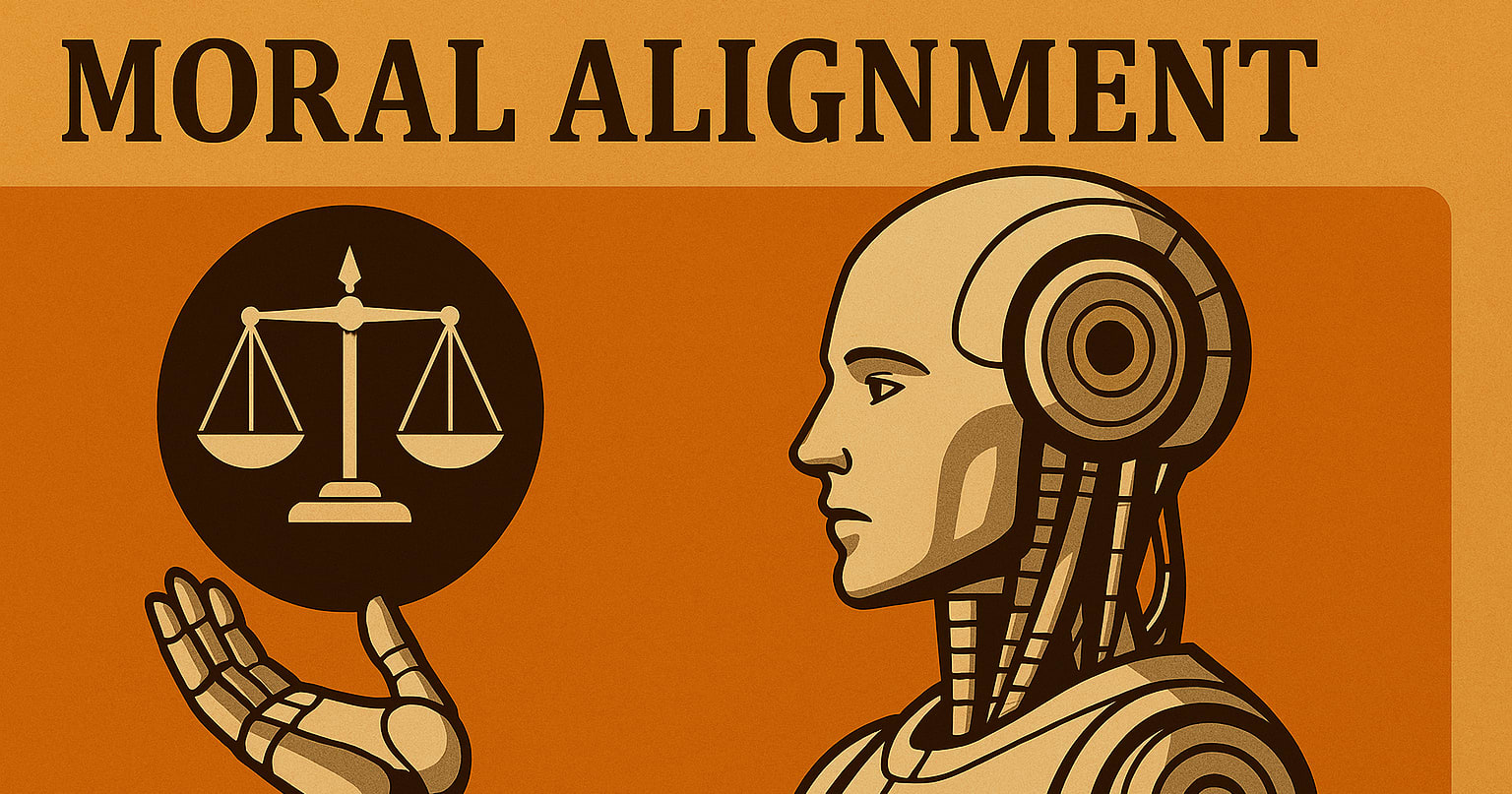There was recently a lengthy thread on the EA Forum about the value of forecasting as a potential cause area, between Eli Lifland and myself (Ozzie Gooen). We thought it would be interesting to expand on this in a podcast episode.
Some Summary Points
- Open Phil's expanded forecasting grant-making program has sparked debate about the value and impact of this area.
- The definition and boundaries of "forecasting" in EA are unclear, leading to differing opinions on its importance versus other priorities.
- AI could significantly change forecasting, and integrating AI into forecasting pipelines is a key consideration.
- Improving "epistemic infrastructure" is important, but the best approaches are uncertain, ranging from forecasting tournaments to broader efforts.
- More work is needed on judgmental forecasting of AI risk and other key questions, but the tractability and impact are debated.
- The prioritization of forecasting and the resources it deserves remain complex, unresolved questions requiring further research and experimentation.
Some Mentioned Organizations and Projects
- Open Philanthropy - A foundation that aims to do as much good as possible with its giving, including grants for forecasting research and programs.
- Metaculus - A community forecasting platform that hosts predictions on a wide range of topics, including AI and other EA-relevant areas.
- CSET-Foretell - A project by the Center for Security and Emerging Technology (CSET) that uses forecasting to inform policy decisions related to emerging technologies.
- Manifold Markets - A prediction market platform that allows users to create and trade on forecasting questions.
- The Good Judgment Project - A research project that studies the principles of good judgment and forecasting, and trains "Superforecasters" who demonstrate exceptional prediction skills.
- The Effective Altruism Forum - An online community and discussion platform for topics related to effective altruism, including forecasting and AI safety.
- The Good Food Institute - A nonprofit organization that promotes the development of alternative proteins, including plant-based and cultivated meat, to improve food sustainability and animal welfare.
- Fatebook - An easy way to make and track predictions.
- Future Search - A startup that’s working on AI-assisted forecasting.
We don’t have an edited transcript. We do have an autogenerated transcript and widget from Descript, but note that it has a lot of errors in it, and it includes a lot of filler words and phrases.




Sorry - it was automatically sent out to multiple platforms, but I don't think our system can to spotify. I recommend trying another podcasting platform.